ISSN 2348-3156 (Print)
International Journal of Social Science and Humanities Research ISSN 2348-3164 (online)
Vol. 10, Issue 3, pp: (444-452), Month: July - September 2022, Available at: www.researchpublish.com

ISSN 2348-3156 (Print)
International Journal of Social Science and Humanities Research ISSN 2348-3164 (online)
Vol. 10, Issue 3, pp: (444-452), Month: July - September 2022, Available at: www.researchpublish.com
Yahya Al Ali1* , Khaled M. Alnebari2
1,2The Public Authority for Applied Education and Training High Institute of Energy-Kuwait
DOI: https://doi.org/10.5281/zenodo.7105270
Published Date: 22-September-2022
Abstract: The usefulness of employing technology in the classroom has long been debated. Because of the innovation and acceptance of mobile and wireless communication technologies, learners can access digital materials in realworld scenarios without regard to location or time constraints. This indicates the potential of connecting formal and informal learning, as well as chances for supporting students' active learning. In this instance, traditional classroom teaching methods are no longer appropriate; instead, ubiquitous learning has gained popularity, and e-books are employed in the learning environment. This paper aims to check the possibility of using digital or E-books in the English language learning at high training colleges in Kuwait. The recognition of this new technique in education and the requirements of its application in education systems in the colleges and also the ability of these colleges to accommodate and offer technical requirements, financial and technical requirements to employ them in education and the ability of such colleges to use it are discussed and analyzed here. Requirements of thistechnique represented by: good infrastructure including qualified technical staff, and technology in order to gain the maximum benefits from their application and benefit to the operators of the educational process for both students and teachers and professionals and also for parents. The principles of e-books is attend to be applied on English language teaching process at high training colleges in Kuwait
Keywords: E-learning, Digital books, English language, social media, technology.
The textbook is the major source from which the student gains knowledge, skills, attitudes, and values. It consists of a collection of abilities that are incorporated in the school curriculum and are delivered to the student in written, drawn, or illustrated form,andhelphimfulfilthecurriculumobjectives.Schoolbooksaredistinguishablefromotherbookscirculating among people by their enormous number and extensive distribution, and they are the first item that the learner learns in his academic life. The advancement of science and technology, which was accompanied by the development of desktop and laptop computers, as well as the emergence of tablets and advanced mobile phones capable of displaying all types of digital multimedia with high clarity, and the ability to connect these devices to the global Internet, has had a significant impact on the transition from a paper book to a book mail. E-book rivalry is an indication of the natural growth of technology that is currently sweeping the world. Can the classic book printed on paper continue in its current form in schools and university libraries in an era where technology developments and electronic communication channels dominate all areas of human life? Is it conceivable, in light of these technological advancements, to transform the manner of learning and reading to a more effective and engaging method? Lareau (2001). The computerized book includes information available to the student that is presented in an organized manner that can be invested in educational situations, so that the student finds audio recordings, static and animated visual images, video scenes, tables, symbols, and graphicsof multiple dimensions, all within a text frame that includes information that helps students gain experiences, and here is integrated These media are all or most of them connected to one another via a computer (computer) in a system that ensures the learner achieves the desired goals of the education system efficiently and effectively (Al-Ali, 2005). Figure 1 shows some popular E-books.
ISSN 2348-3156 (Print)

International Journal of Social Science and Humanities Research ISSN 2348-3164 (online)
Vol. 10, Issue 3, pp: (444-452), Month: July - September 2022, Available at: www.researchpublish.com
FIG.

E-books have several advantages and benefits, which can be stated as follows: First and foremost, it is significantly cheaper online than in traditional book stores. It may also be accessed effortlessly when traveling without the inconvenience of hauling heavy books. Users may take hundreds of books with them wherever they go. E-books are also saved in the reader's online personal account. E-books have a "search feature," so people can instantly seek up any information rather than waste time turning page after page. After searching, you may also bookmark the page. The majority of the e-books are cloudbased. As a result, writers or authors can rapidly change the links online. As a result, users may now access updated articles online. The approach saves time and money by avoiding the need for reprinting. E-books, on the other hand, include interactive aspects to enhance the reading experience. These include music, video, and animations that are perfect for youngsters and the visually handicapped. External links or Hyperlinks are also included with e-books for more information and other references. In the printed book publishing industry, authors face several hurdles in obtaining the suitable agency and publishing arrangements. E-book publishing is simple, quick, and requires little time (Fayyad, 2020).
E-books come in a variety of forms, which may be summarized as follows: EPUB or ePub is possibly the most popular eBook file format. This was created in 2007 by the International Digital Publishing Forum, or IDPF. Following the debut of this format, ePub, the market for digital books nearly completely replaced the previous popular Open eBook Format, the OEB, with ePub. Because of the open standard, vendor freedom, and cost-effectiveness, this format quickly gained favour. Unlike the previous formats, this one enables SVG graphics, colour photos, complete films, and interactive components, which contributed to its instant success. For a variety of reasons, this eBook format is as popular and dependable as MP3 files in the music business. Except for the Amazon Kindle, almost all popular current devices accept this eBook format. The second format is MOBI, which, like the ePub format, evolved from the rudimentary OEB file format. Mobipocket Reader, a French development business, introduced this to the world of readers in 2000. Since then, the popularity of this format has grown like wildfire. The Mobi extension does not permit sound or video in its files; nonetheless, the main distinction between ePub and Mobi files is the lack of open standards in Mobi files. As a result, Mobi files are not publically accessible. Except for the Barnes & Noble Nook, this format is compatible with practically all eBook readers. MOBI files also use the PRC extension. The third format is AZW and AZW3: AZW is Amazon's proprietary eBook file format for Kindle users. For the first time, AZW was introduced in 2007. The AZW Company announced the updated AZW3 accompanying the launching of the Kindle Fire four years after its first launch. IBA is another Apple Corporation unique eBook format for users of the iBook Author program. This format is widely used and has numerous advantages; thus, if you are an Apple user, you should utilize it at least once. This e-book extension is incomprehensible on any e-Book reader. This
ISSN 2348-3156 (Print)
International Journal of Social Science and Humanities Research ISSN 2348-3164 (online)
Vol. 10, Issue 3, pp: (444-452), Month: July - September 2022, Available at: www.researchpublish.com
extension might be thought of as an alternative to ePub for Apple users. Sound, picture, video, and other interactive digital components are supported by this format. However, if the reader purchases conventional eBooks from Apple's iTunes store, those books will not be available in IBA format.
PDF format: Because PDF is the most frequently used format by the internet and digital community throughout the world, its dissemination is the most visible among other alternatives. In 2008, the PDF format was ISO: 32000 certified, as was ePub, another open standard eBook format on our list. One of the biggest disadvantages of this format is the lack of reflowing. This indicates that the display of the information is not dynamic; the file is unable to adapt any screen resolution due to its lack of intelligence. In contrast, all of the other eBook file formats provide good file reflowing based on the sequence of contents. Using the tag technique, the PDF format may overcome the lack of material reflowing. However, tagged PDFs are still not supported by every eBook reader, and further progress is required before it can be considered a viable option for reflowing. LRS, LRF, and LRX are other formats: Sony format, the technological behemoth, has created LRS, LRF, and LXR eBook readers. Because Sony owns the rights to these formats, competing eBook readers do not support them. These are mostly for Broad Band eBook formats. The LXR format, with the exception of the LRS extension, lacks an open standard. Sony, on the other hand, has supplied support for all three extensions for the ePub eBook format. DJVU format: DJVU is one of the most sophisticated eBook file formats. This has been produced by a renowned scientific community. This format's compression algorithm is far more efficient than PDF compression; this format can store 100 monochrome text lines in less than 1MB of memory (Subhash, 2022).
Many research papers discussed E-book and its application, Toyokawa et al. (2020) conducted a review of past research in order to identify gaps in key areas of their investigation. This article examined the features and trends of language learning with e-books studies published from 2010 to 2019 in chosen journals from the Web of Science. A total of 43 studies were manually and carefully reviewed, yielding the following results: 1) the majority of participants are from preschools and primary schools, with only a few from senior institutions. 2) the most usually utilized are preparatory e-books. 3) E-books are the most often used medium for guided learning. 4) The major goal skill is reading. 5) Almost half of the research findings were good, while the other half were mixed. Analysing the efficiency of features or systems integrated in e-books would be required to support educational practice using e-books. More findings are presented in order to investigate the usability and functionality of systems or functionalities in e-books, as well as to aid teacher instructional coaching. Chen et al. (2021) found article bibliometric outcomes and research trends in various fields. This study uncovered research on the use of e-books for EFL instruction published in selected Web of Science journals from 2011 to 2020, and it covers the patterns of the top cited nations, journals, most used keywords, popular subjects, learning methodologies, target skills, and research outcomes. A total of 53 papers were carefully and thoroughly reviewed. Taiwan was found to be the most productive country, while Computers & Education was the most referenced journal. The content analysis reflects the bibliometric analysis since preschoolers and elementary school kids were the most common participants, guided learning was the most commonly employed approach, and reading was the primary target skill. This review study gives an overview of the research agenda for the last ten years and highlights field trends by reviewing pertinent previous research. When the use of e-books inEFL education research was investigated,it was discovered that reading comprehension, teaching/learning methodologies,andlearnerengagementwerecriticalin thestudies.Asaresult,morehelpfulfeaturesofe-booksarerequired to assist EFL teaching methods. It is thus advised that future study concentrate on instructional elements and the development of e-book features. Gohar (2017) investigated the influence of creating and implementing an interactive electronic book (e-book) on the development of English as a foreign language (EFL) abilities required for kindergarten students in Egyptian language schools. Kg children must learn several early language skills (specifically, word meaning, hearing, print awareness, and phonological awareness), which were studied in this study. Animations, movies, interactive games, interactive worksheets, audio files, and songs were among the multimedia components included in the planned interactive e-book. Children might also video call their teachers using the Face Time app. Thirty Kg 2 students (aged 5-6 years) from Al-Wady language school participated. The quasi-experimental approach was used, with participants divided into two groups: a control group and an experimental group. Children in the experimental group were chosen based on their parents' written agreement to engage in the treatment. A checklist for defining target EFL abilities, a standards checklist for the instructional design of the e-book, and an English language exam with an analytic rubric for grading the oral and written components of the test were utilized in the study. The results showed that the experimental group youngsters outperformed their control counterparts, particularly in hearing, reading, and phonological awareness abilities. However, no significant variation in word meaning was detected between children in the experimental and control groups. The findings indicated that if e-books are to be widely used in schools and to maximize their benefit, they should be used in a blended format with
ISSN 2348-3156 (Print)
International Journal of Social Science and Humanities Research ISSN 2348-3164 (online)
Vol. 10, Issue 3, pp: (444-452), Month: July - September 2022, Available at: www.researchpublish.com
the teacher's physical presence, as no electronic means can replace the effect he/she leaves through direct verbal and nonverbal communication with the children. Finally, Altun and Ahmad (2021) sought to determine the benefits and drawbacks of employing technology in education, as well as the reasons for the lack of use of technology in Kurdistan schools to date. It was discovered that the ministry of education had overlooked this critical component in this day and age. Because of the lockdown during the epidemic, most nations had difficulty learning in schools. Most countries seek to use technology to finish the school year, and they successfully finish their school year by using E Learning and Online Zoom, as well as other resources to enrich the learning process, but in Kurdistan, the schools do not use any kind of technology, and our students are unfamiliar with online systems and E learning because we do not apply such valuable resources in our schools, which is why we have encountered a lot of finishing problems this year.
The study's problem is that conventional books have grown increasingly costly, and their transportation and damage potential is quite high. With the availability of technology and multimedia, can the digital book replace the traditional book? According to studies, the school bag has become a strain and an added load on our kids in schools and universities, causing problems in the student's back, joints, ligaments, and neck. With the large weight, several mechanical variables such as the angles of the trunk and limb joints, as well as calculating the average distance for the bags to be carried and working to estimate the labour done and energy used, Where it was concluded that hand-held and shoulder-carrying bags have different postural effects on the straightness of the spine and shoulder deviations, and through that study, the researchers developed a set of conclusions, including (carrying school bags with their realistic weight in relation to students has a high impact on their posture health). (Fayyad, 2020).
Thus, this paper aims to construct a part e-book for some unit of English courses given for the students in high training colleges in Kuwait and then measures the effects of such e-book on improving the learning process of such course on students understanding and also its positive effects on teachers. To achieve this, a questionnaire is implemented with its hypotheses and also a test of such hypotheses is performed using IBM-SPSS software application. The sample is taken from the students of the college, about 60 students were selected and the respondents were about 55.
The E-book creation in this paper follows two approaches, the first approach depends on constructing a flipping E-book material of the English course, and while the second approach is creating an interactive E-book contains more interactive multimedia resources. Figure 2 and 3 show some pages of the created flipping E-book. For other pages of the flipping Ebook, the reader can access them by visit the following website: https://flippingbook.com/account/online/767630278
FIG.2. COVER PAGE OF THE FLIPPING E-BOOK OF THE ENGLISH COURSE
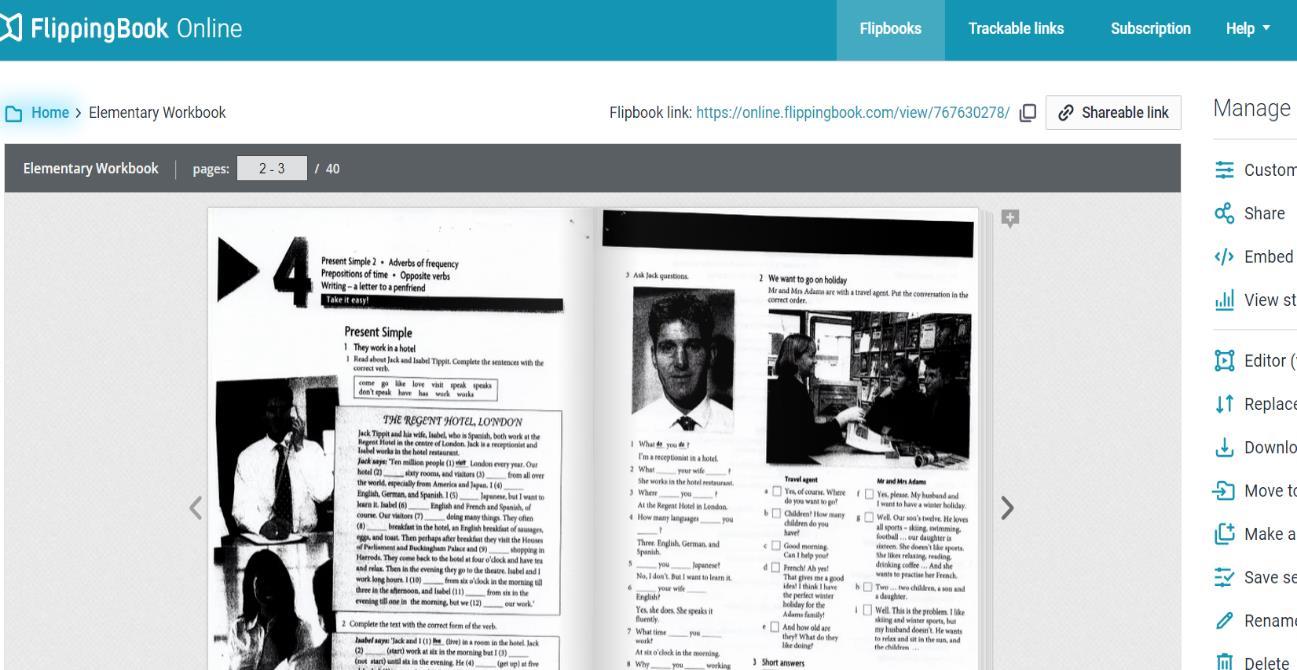
ISSN 2348-3156 (Print)
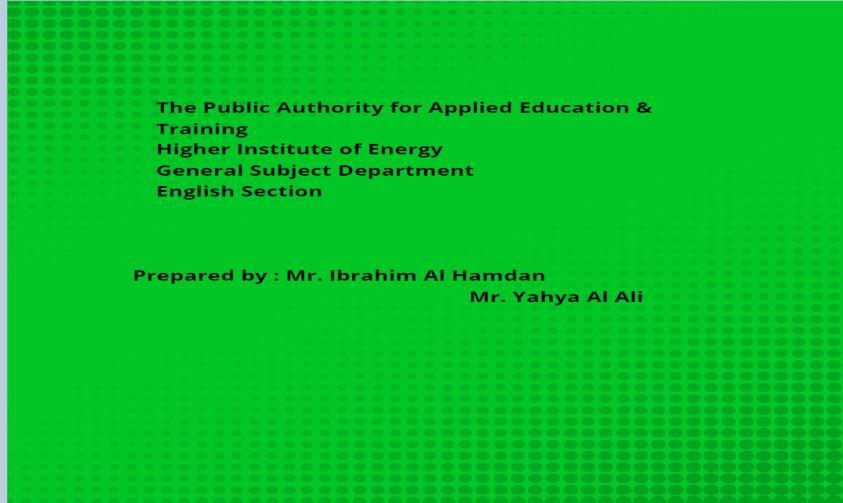
International Journal of Social Science and Humanities Research ISSN 2348-3164 (online) Vol. 10, Issue 3, pp: (444-452), Month: July - September 2022, Available at: www.researchpublish.com
Figures 4 to 9 show some pages of the Created interactive E-book of the English material course. Also other pages of the E-book can be tracked using the following website.
https://app.bookcreator.com/library/-LdUA2-Gvqke8BPjc9d7/TojC2uhdxSTJolP0CZuioyvzqdC2/WrKLmzcRSC8QiGwuwBVHw/5pRfZ7mvQWum0UZAH_UTiQ
FIG. 4. COVER PAGE OF THE INTERACTIVE E-BOOK.
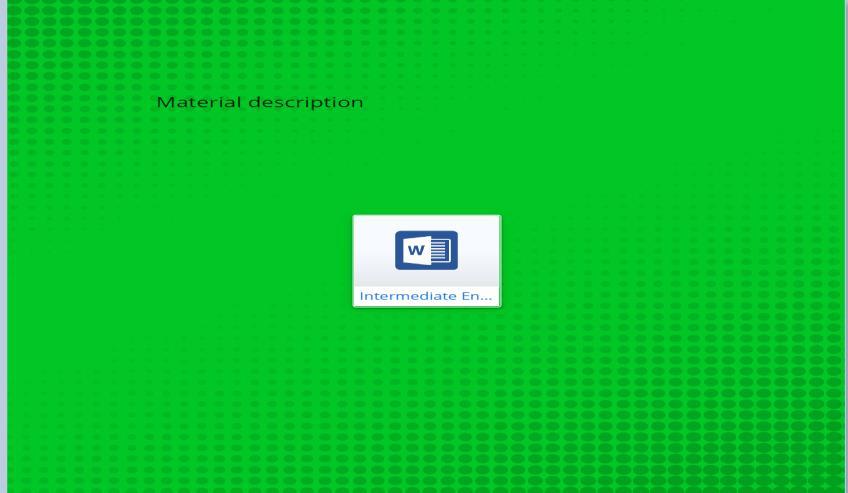
FIG. 5. ONE PAGES OF E-BOOK REPRESENTS THE COURSE MATERIAL
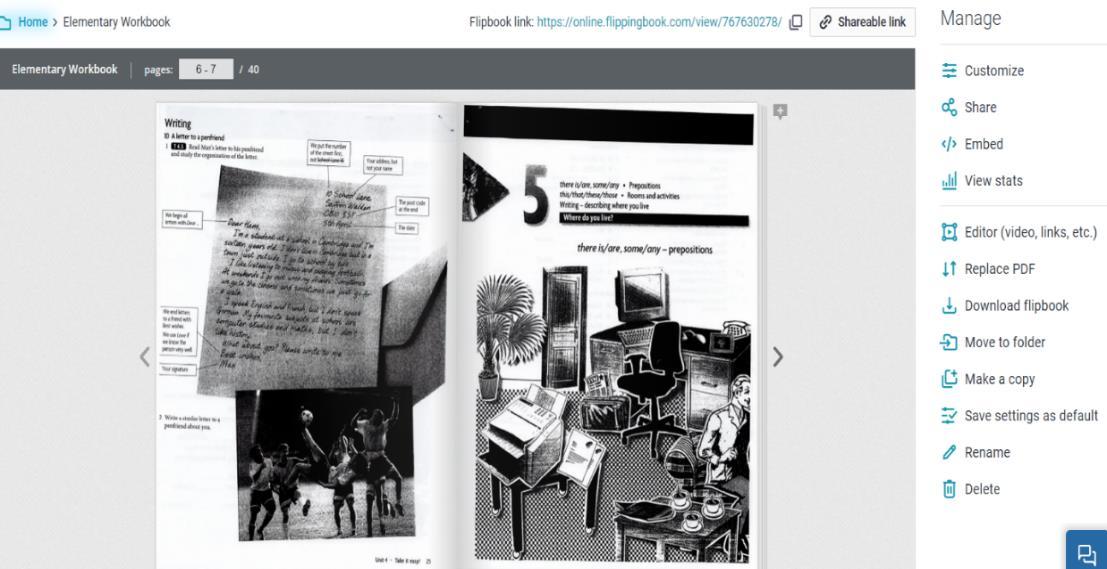
ISSN 2348-3156 (Print)


International Journal of Social Science and Humanities Research ISSN 2348-3164 (online) Vol. 10, Issue 3, pp: (444-452), Month: July - September 2022, Available at: www.researchpublish.com

ISSN 2348-3156 (Print)
International Journal of Social Science and Humanities Research ISSN 2348-3164 (online)
Vol. 10, Issue 3, pp: (444-452), Month: July - September 2022, Available at: www.researchpublish.com
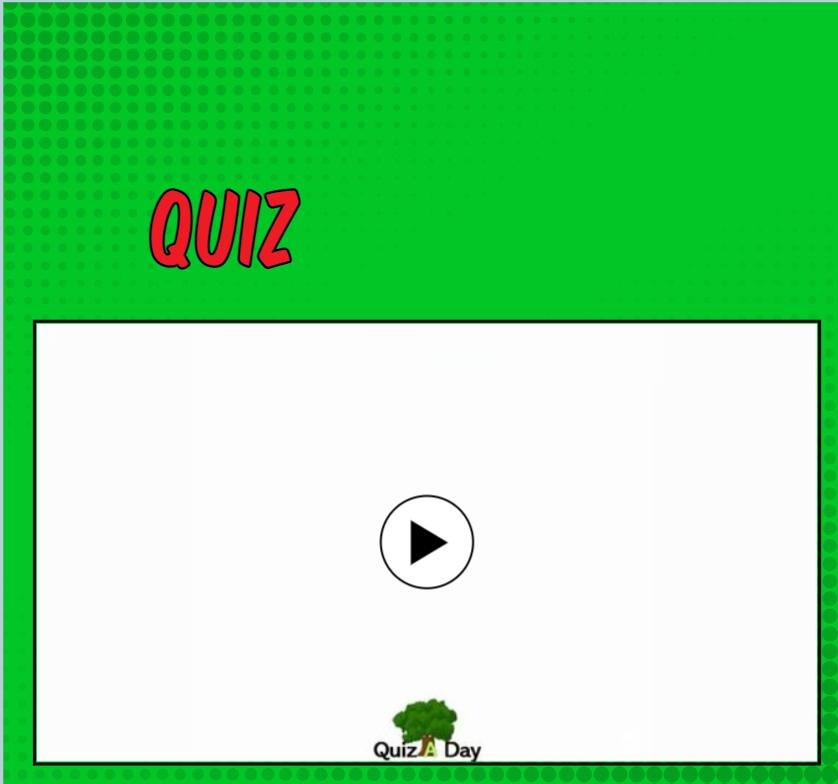
Table I shows the questionnaire used in this study, the study questionnaire contains 10 questions which represent the base in constructing the study hypotheses shown in table II
Content 1 2 3 4 5
Question number
Never Rarely frequently Often Always
1
Using the suggested E-book and flipping book simplify the course material 2 I can use E-book anytime and anywhere 3 The material become attractive and easy to be reviewed 4 It needs low computer skills 5
Using E-book helps me to improve my computer skills and deals easily with new learning technologies 6 The college facilities offer the help and facilities to use such technologies (flipping book and E-book) 7 I can make my self-tests with E-book 8 E-books helps me well to understand the course and its objectives 9 The instructor use E-books in his lectures 10 E-books make the material more flexible and save time and effort
Table II shows the hypotheses of the study which depends mainly on the questions listed in the questionnaire in table 1.
H1 H10 E-books has no effect on simplify the course material
H11 E-books has a significant effect on simplify the course material.
H2 H20 E-book has no effect on students’ time saving
H21 E-book has a significant effect on students’ time saving
H3 H30 E-book has no effect on making the course material attractive and easy H31 E-book has a significant effect on making the course material attractive and easy
ISSN 2348-3156 (Print)
International Journal of Social Science and Humanities Research ISSN 2348-3164 (online)
Vol. 10, Issue 3, pp: (444-452), Month: July - September 2022, Available at: www.researchpublish.com
H4+5 H450 E-book has no effect on computer skills development
H451 E-book has a significant effect on computer skills development
H6 H60 E-book usage has no effect on development of facilities of the college
H61 E-book usage has a significant effect on development of facilities of the college
H7 H70 E-book has no effect on developing self-test and exams of the students
H71 I implementation has a mutual effect on the development of LBHS.
H8 H80 E-book has no effect on understanding the course’ material
H81 E-book has a significant effect on understanding the course’ material
H9 H90 E-book has no effect on performance of instructors
H91 E-book has a significant effect on performance of instructors
H10 H100 E-book has no effect on materials flexibility and time
H101 E-book has a significant effect on materials flexibility and time
Table III shows the hypotheses test results which were analyzed and tested using SPSS software application.
Alternative Hypothesis
Relationship
Paired Sample Correlation
Paired Sample Test Decision
Pearson Pvalue t-value DF Pvalue
H11 E-Book - course simplifying 0.950 0.000 3.320 54 0.000 Reject H10
H21 E-book-Time saving 0.923 0.000 2.950 54 0.000 Reject H20
H31 E-book-material attractive 0.950 0.000 3.220 54 0.000 Reject H30
H451 E-book and computer skills development
H61 E-book and facilities development
0.940 0.000 3.100 54 0.001 Reject H40
0.856 0.000 2.850 54 0.000 Reject H60
H71 E-book and exams 0.920 0.000 3.001 54 0.001 Reject H70 H81 E-book and materials understanding
H91
E-book and instructors performance
H101 E-book and materials flexibility
0.955 0.000 3.225 54 0.003 Reject H80
0.985 0.000 3.333 54 0.000 Reject H90
0.953 0.000 3.202 54 0.019 Reject H100
The hypotheses test shows that all null hypotheses were rejected since p value of all hypotheses is less than the theoretical P-value which taken here as 0.005. It is clear that E-book has affected all aspects of English language educational process, it improves the students skills in both language and computer skills and also it save time for both students and instructors and also increase instructors performance.
In this study an E-book is created for the English material for the students at high training colleges in Kuwait, the E-book is an alternative and support material which simplify the material and make it more interactive, flexible, and more attractive. A questionnaire is constructed here to measure the benefits of using such E-book, the results after testing the suggested hypothesesshowed thatthestudentsacceptstronglytheideaandtheperformanceofinstructorsisimproved.Thehypotheses tests showed that all null hypotheses are rejected which means that E-book may be recommended as a support material which simplify the taught material in English section and other sections in Kuwait colleges.
ISSN 2348-3156 (Print)
International Journal of Social Science and Humanities Research ISSN 2348-3164 (online) Vol. 10, Issue 3, pp: (444-452), Month: July - September 2022, Available at: www.researchpublish.com
[1] Lareau, S.2001. The feasibility of the use of E-Books for replacing lost or brittle books in the Kent state University Library. ERIC Document reproduction.
[2] Al-Bassiouni, Abdel Hamid. 2005. E-book: reading, preparing, authoring, designing, publishing, distributing. Cairo: Scientific Book House.
[3] Al-Sharhan, Gamal Abdel Aziz (2002). E-book, e-school and virtual teacher. Riyadh: Al-Humaidhi Press.
[4] Ezzat, Mohamed Farid. 2012. The origin and development of the electronic book, its advantages and disadvantages. Education Journal.
[5] Al-Ali, Ahmed Abdullah. 2005. Distance education and the future of education in the Arab world. i 1. Cairo: Modern Book House.
[6] Naim, Mohammed. 2011. E-book concept and advantages. Informatics magazine, issue thirty-four.
[7] Al-Hussein,MuhammadOthman,andAl-Ghamdi,Muhammad Rizk.2015.Criteriafordesigningan e-booktosupport the educational process at the primary stage. The Saudi Journal of Educational Technology Research, Vol. 1, 20-24.
[8] Michelle Millar. 2015. Digital or Printed Textbooks: Which do StudentsPrefer and Why?, The University of San Francisco.
[9] Alan D. Eno. 2010. Student Perceptions of Digital Textbooks in a College Nursing Program. University of Nebraska – Lincoln.
[10] Tore Hoel. 2013. Digital Textbooks. Position statement. Tore Hoel, CEN WS/LT – July 2013.
[11] Darlene Waller. 2013. Current Advantages and Disadvantages of Using E-Textbooks in Texas Higher Education. Focus On Colleges, Universities, And Schools Volume 7, Number 1, 2013.
[12] Yuko TOYOKAWAa, Mei-Rong Alice CHEN b*, Rwitajit MAJUMDARa,Gwo-Jen HWANGb, & Hiroaki OGATA (2020). Trends of E-Book-Based English Language Learning: A Review of Journal Publications from 2010 to 2019. Proceedings of the 28th International Conference on Computers inEducation. Asia-Pacific Society for Computers in Education
[13] Mei-Rong Alice Chen, Gwo-Jen Hwang, Rwitajit Majumdar, Yuko Toyokawa& Hiroaki Ogata (2021): Research trends in the use of E-books in English as a foreign language(EFL) education from 2011 to 2020: a bibliometric and content analysis, Interactive LearningEnvironments, DOI: 10.1080/10494820.2021.1888755
[14] Rehab Hamadtoh Abul-Ghait Goha (2017). The Impact of a Proposed Interactive E-Book on Developing English language Skills of Kindergarten Children. International Journal of Internet Education, December, 2017.
[15] Mustafa Altun1 & Hassan Khurshid Ahmad (2021). The Use of Technology in English Language Teaching: A Literature Review. International Journal of Social Sciences & Educational Studies, Vol.8, No.1.
[16] Subhash D. (2022). 10 Most Popular eBook Formats of 2022. Last Updated May 6, 2022.
[17] Fayyad S. M. (2020). Possibility of Using Digital-Books in Arab World Education Systems with Application to Mechanical Control Systems. The Arab Journal of Qualitative Education, vol.4, No.11.